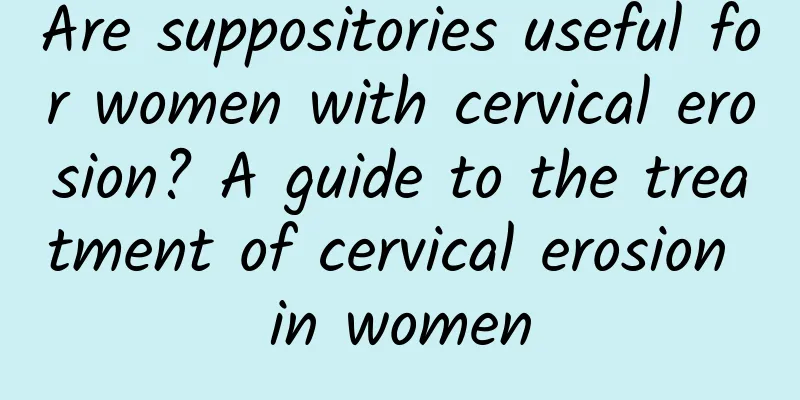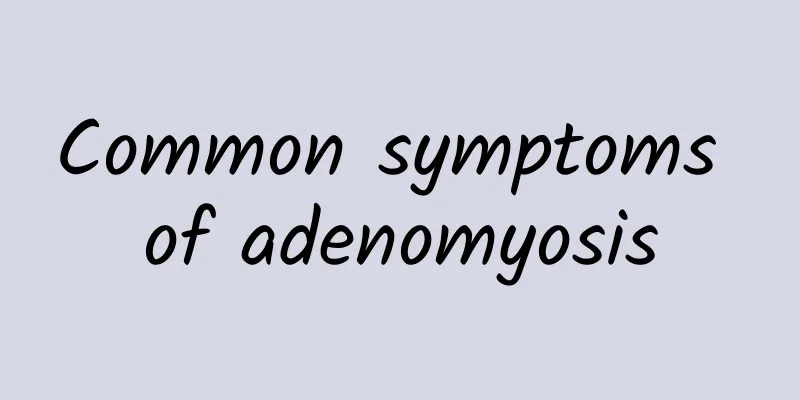The best way to lose weight is with "iodine"! Japanese Diet Secrets

|
Which country do you think has the slimmest people on average? You might think of Russia? Ukraine? France? Italy? In fact, neither is true. The answer is the one that is very close to us → Japan . According to a report released by the Organization for Economic Co-operation and Development (OECD) in 2014, the obesity rate among Japanese people is only 3.6%, which is almost one of the countries with the lowest obesity rates in the world. So which country in Asia has the highest obesity rate? →The answer is Taiwan! (The overweight and obesity rate is as high as 38%). There are many causes of obesity, including low calorie intake, different dietary patterns, tableware used, etc. In addition, insufficient iodine intake may also be one of the causes of obesity. Iodine is a mineral that plays a very important role in the human body. Thousands of years of evolution have even developed an organ specifically for processing iodine - the thyroid gland. Iodine has many functions in the body, among which the one most closely related to obesity is the basal metabolic rate. Since iodine is the main material for synthesizing thyroid hormone, which in turn regulates cell metabolism, it is related to the body's basal metabolic rate, which is one of the commonly used measurement indicators for weight loss. Other functions of iodine include: 1. The amount of iodine intake directly affects the synthesis and metabolism rate of protein in the body, such as the growth of hair and nails. 2. The development of nerves throughout the body and the adjustment of muscle contraction and relaxation functions all require the regulation of thyroid hormone (iodine). A report by the World Health Organization once pointed out that one of the major causes of brain damage and mental disorders is the lack of "iodine". 3. During pregnancy, iodine deficiency can cause cretinism in babies after birth; iodine deficiency in adults can cause goiter, etc. Since iodine is an important factor affecting the basal metabolic rate, it may naturally be related to calorie consumption and obesity. Interestingly, the Japanese, who have such a low obesity rate in the world, have relatively adequate iodine nutrition in the world. This makes me think that iodine may really be related to obesity, but this still needs to be verified by the scientific community in the future. Iodine is mostly sourced from seaweed, seafood, and laver, which reminds us of the famous Japanese "ama", who need to carry heavy tools while diving and collecting algae, seaweed, and shellfish attached to the reefs. Japanese Ama women earn their living from collecting these sea vegetables and seafood and selling them in the market. This shows that Japan, an island country, has rich algae content and its sources of sea vegetables and seafood are not scarce. These foods are holy products rich in iodine. A 2015 study on the effects of different dietary patterns on iodine intake in Japanese men and women found that Japanese men who ate a Western-style diet had lower iodine intake than those who ate a Japanese-style diet. The study content is as follows: The researchers recruited 195 subjects from 20 regions in Japan and collected 24-hour urine and four-day dietary records (three holidays and one weekday). Nutritionists evaluated the diet over these four days and divided the 195 subjects into three groups based on the types and patterns of food they regularly consumed. This grouping method mainly divides the Japanese diet into three categories: Group A prefers Chinese diet. Group B preferred a Western diet. Group C ate a Japanese diet. The researchers used this to explore the effects of different dietary patterns on the iodine nutritional status of the Japanese population. A. Group with high intake of rice and vegetables (n=101) → Rice, miso, beans, vegetables, seaweed B. Meat, white noodles and sugary drinks group (n=34 people) → white noodles, bread, meat, sugary drinks C. Fish, Ramen and Alcohol Group (n=60 people) → Japanese noodles, pickled vegetables, fish, alcohol ps Since the soup base of Japanese ramen is usually made from kelp and bonito broth, which contains a high amount of iodine, it is separated from Chinese noodles. The results showed that Japanese men who preferred a Western diet had the lowest iodine nutrition among the three groups, only half of that in the Japanese diet group, while their iodine excretion was the highest in the Japanese diet group (when iodine nutrition is sufficient, the body will excrete it on its own, and high iodine excretion means that the body is not iodine deficient). Among Japanese women, those who eat a Japanese diet have much higher iodine intake than those who eat a Western diet (about 5 times the difference), and iodine excretion is also higher in those who eat a Japanese diet than in those who eat a Western diet (1.5 times). From the above results, we can see that the Japanese diet can obtain more iodine nutrition than the Western diet. Although there are many reasons why Japanese people are thin, they are closely related to the adequate iodine nutrition. Currently, the general iodine deficiency rate among Taiwanese people is as high as 51.9%, and the overweight and obesity rate is as high as 38%. The problem of iodine deficiency cannot be ignored. Current studies have also pointed out that morbid obesity is closely related to iodine nutritional deficiency. Therefore, if you care about your health, you must pay more attention to the intake of iodine nutrition. Next time you eat, remember to order an extra bowl of seaweed egg drop soup or a plate of kelp to supplement your iodine! Maybe I can even have a slim figure like the Japanese! Please see the hot supplementary instructions! References: 1. World Health Organization 2015 edition of World Health Statistics report 2. 2014 Population Statistics Report by the Statistics Department of the Ministry of the Interior, Executive Yuan 3. According to the Organization for Economic Co-operation and Development (OECD) - Obesity Update 2014 4. National Network Hospital (KingNet) 5. (Katagiri, Asakura, Uechi, Masayasu, & Sasaki, 2015) 6. Katagiri, R., Asakura, K., Uechi, K., Masayasu, S., & Sasaki, S. (2015). Adequacy of iodine intake in three different Japanese adult dietary patterns: a nationwide study. Nutr J, 14, 129. doi: 10.1186/s12937-015-0116-y 7. |
<<: Drink root vegetable juice to lose weight! Beetroot and carrots help reduce food intake
>>: Work harder to lose weight! Let the army of bacteria help you?
Recommend
Anne Hathaway lost 11 kg by eating only dry oatmeal
Hollywood actress Anne Hathaway recently accepted...
Consumer Protection Office: 5 packages of packaged asparagus juice sold in the market do not match the label
In the hot summer, it is the peak sales season fo...
What can I eat to prevent ovarian cysts?
Ovarian cysts are a common female disease and can...
Women should do a good job in preventing vaginitis in their lives
Vaginitis is one of the common female diseases in...
Will I lose weight if I breastfeed? When should I wear a belly band? Doctors explain 9 Q&As about postpartum weight loss
Now, Zhu Jizhang, Director of Obstetrics and Gyne...
How long after abortion can you sleep together?
It is recommended to wait at least one month afte...
What is the best thing to eat for dinner with uterine fibroids? Are there any dietary restrictions for uterine fibroids?
What is the best thing to eat for dinner with ute...
What causes endometriosis?
The causes of endometriosis are mostly related to...
Chewing can control your waistline! 9 weight loss tips revealed
If you think that the digestive tract is simply a...
What to do with menstrual pain? Usually it is blood stasis
Menstrual pain is usually caused by blood stasis....
What is the difference between curettage and abortion? Is curettage equivalent to an abortion?
What is the difference between curettage and abor...
Fatty liver OUT is the most effective way to lose weight! Eat more whole grains and drink more water. 4 tips to lose weight and protect your liver
Fatty liver is the second most common liver disea...
G.E.M. reveals her lazy breakfast, replacing rice with oatmeal to lose 7 kg a year? Nutritionist says...
G.E.M., known as the "Iron Lung Queen",...
What is the use of infrared light for vulvar leukoplakia? Is infrared light effective in treating leukoplakia?
What is the use of infrared for vulvar leukoplaki...
Causes of cervical hypertrophy that need to be taken seriously by female friends
Women should know about the causes of cervical hy...









